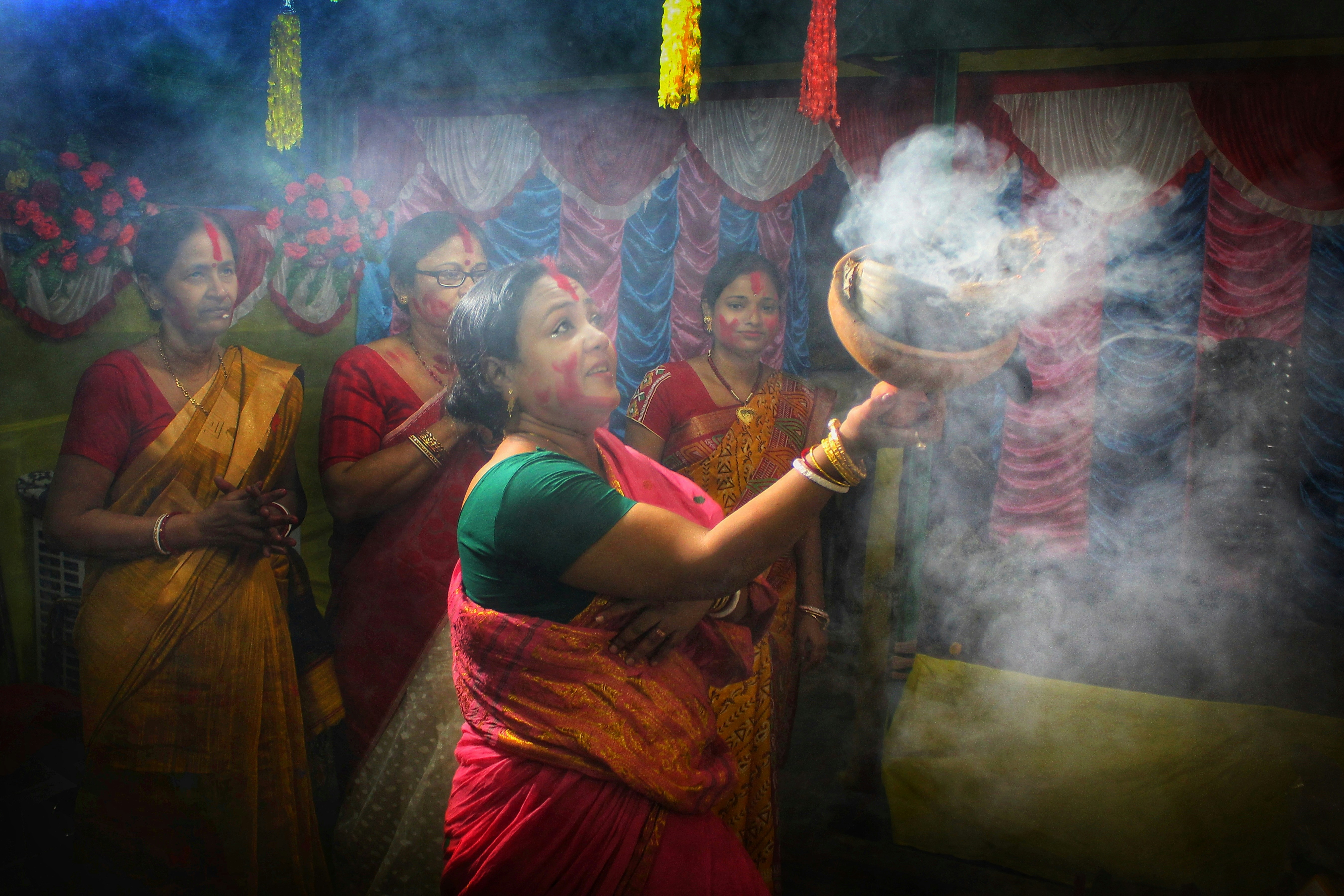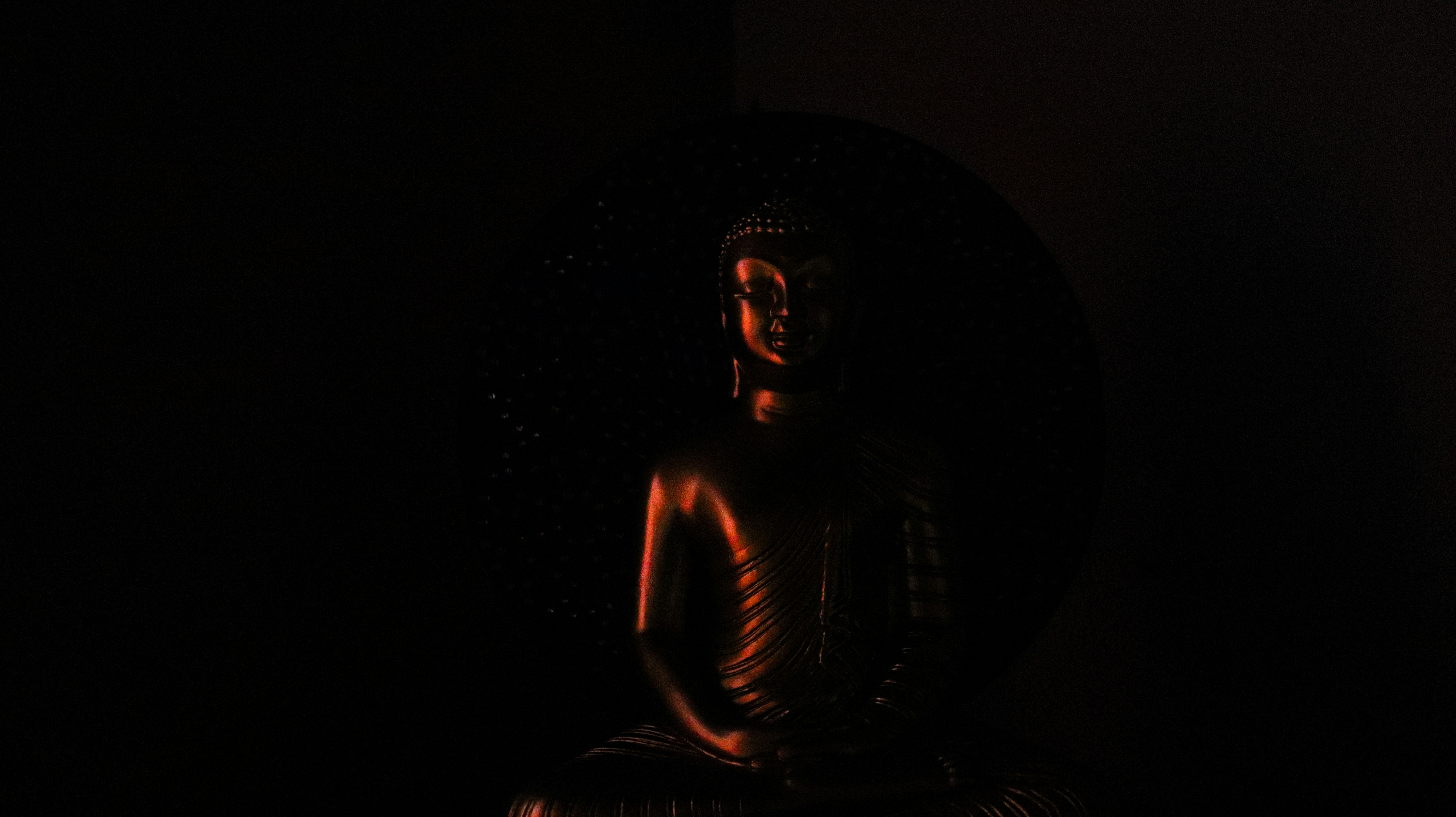The Dance of Shadows: Uncovering Darkness's Role in Meditation
Have you ever considered the profound opportunities hidden in darkness? In our modern meditation practices, we often gravitate toward bright, illuminated rooms filled with serene colors and soft music. Yet, the therapeutic potentials of darkness, often overlooked, invite us to explore new depths of self-awareness and healing. As practitioners of yoga, meditation, and spiritual wellness evolve, understanding how darkness influences our practice can yield transformative benefits. Join me in this compelling exploration of how embracing the shadows in meditation can lead to extraordinary healing and personal growth.
Embracing the Unknown: The Benefits of Darkness in Meditation
1. Darkness as a Safe Haven
Many might dismiss darkness as something to be avoided, linking it with fear or uncertainty. However, in the realm of meditation, darkness can serve as a fertile ground for transformation. Studies have shown that immersing oneself in darkness can lead to a natural release of endorphins, providing a calming effect on the body and mind (source). This safe haven offers a sanctuary for introspection and understanding your shadow self. In this unique environment, practitioners can feel free to confront personal fears, allowing for profound emotional healing.
2. Heightened Sensory Awareness
When surrounded by darkness, the other senses become more acute. Without the visual distractions of light, practitioners find that their sense of touch, sound, and even smell are amplified. This heightened sensory awareness helps cultivate a deeper connection with your inner self. For instance, softer sounds such as the rustle of leaves or the distant chirping of crickets may become more pronounced, inviting you into a meditative state that fosters relaxation and inner peace.
The experience becomes richer and more textured, allowing for a sensory journey that feels both ancient and fresh. If you'd like to dive deeper into enhancing your meditation with sound, consider reading about how natural soundscapes can enrich your practice.
3. The Therapeutic Power of Stillness
In our fast-paced, light-filled lives, stillness often feels like a luxury. Darkness encourages us to slow down, quieting the mind and fostering a sense of tranquility. By engaging in meditation in a darkened space, you can confront the chaos that resides within. This confrontation is significant; it compels you to face unresolved emotions or thoughts, providing an opportunity for growth. Implementing still meditation can lead to greater emotional resilience and self-acceptance, fostering a more profound understanding of your journey.
Rediscovering Traditions: Ancient Practices Worthy of Reviving
4. The Mystical Tradition of Darkness in Meditation
Historically, numerous spiritual traditions utilized darkness in their practices, grounding their beliefs in profound wisdom and experience. For example, the Cave Meditation practiced by ancient yogis involved spending extended periods of time in dark caves, a space conducive to deep introspection away from societal distractions. These awe-inspiring experiences led practitioners to unveil hidden strengths and intuitive wisdom.
Taking inspiration from these age-old practices can provide rich insight into modern meditation. Allow yourself to reconnect with ancient rituals through practice—by offering your stillness to align with this legacy of introspection, you may derive newfound depths of healing in your meditation experiences.
5. Breath and the Shadow Self
In yoga and meditation, breathwork is often the lifeblood of the practice. Learn to use the breath to navigate your shadow self by incorporating focused breathing techniques into the darkened atmosphere. Techniques like Pranayama, or yogic breathing, can support emotional healing by connecting with deeper layers of your psyche.
This aspect of your practice is akin to turning the lights off in a familiar room; you'd instinctively adjust your body to navigate the space. Similarly, learning to employ breath strategically in the darkness can lead to profound encounters with your subconscious. For a more detailed exploration of breathwork's impact on emotional healing, consider reading about the transformative effects of breath and pranayama.
Practical Strategies to Incorporate Darkness into Your Practice
6. Setting the Scene: Creating a Space for Darkness
To experience the healing potentials of darkness, it’s essential to create the right environment. By designating a specific space within your home, reduced illumination can aid your meditation journey. Consider using blackout curtains, candles, or dimmable lighting to create a warm and inviting atmosphere.
Begin with shortened sessions of darkness-based meditation, gradually increasing the time as you grow more comfortable. This gentle habituation allows you to ease into the experience, letting the darkness envelope you without overwhelming feelings of discomfort.
7. Guided Meditations in Darkness
For those who may find solitude in darkness intimidating, consider using guided meditations designed to harness the potentials of darkness. Many applications and websites offer soothing guided experiences that provide structure and support as you journey through this transformative space. A crucial aspect of these sessions is the verbal guidance throughout the meditation, leading you deeper into self-exploration while remaining anchored in calm.
In situations where guided sessions are unavailable, building a community of fellow practitioners can enhance the experiences. Finding a meditation group or attending workshops focused on dark practices can foster supportive atmospheres where shared insights flourish.
8. Personal Reflections Through Journaling
After engaging in your darkness-based meditation, it’s important to follow up with reflections. Journaling can help process complex emotions that may have surfaced during your practice. Consider keeping a dedicated journal for this purpose, celebrating breakthroughs and documenting fears and aspirations.
Reflection can also aid in recognizing patterns or habits that you want to work on long-term. Over time, this journaling practice will help create connections between your meditation experiences and daily life, facilitating emotional growth.
The Symbiotic Relationship Between Light and Dark
9. Integrating Light Practices
While exploring darkness can be immensely healing, it’s essential to balance this practice with light. Just as a day is followed by night, integrating light-focused practices into your routine can provide meaningful insights into both aspects of your being. It allows for a holistic approach to spiritual wellness, fostering growth in both dimensions.
For instance, transitioning from dark meditation into outdoor practices can create a dynamic interplay between your experiences in darkness and light. Natural light therapy serves as an invigorating way to refresh and rejuvenate your spirit, ultimately grounding you as you explore the depths of both existence.
Moreover, blending your practice with natural elements, such as flowers or sunlight, can help balance the serenity of darkness, enhancing overall emotional well-being. The natural cycles of life and death can offer profound insights, inviting you to engage in spiritual evolution while recognizing the value of both light and shadow.
10. Cultivating Trust in Your Journey
Embracing darkness in meditation necessitates trust in the process. You may encounter emotions that seem daunting at first, but remember that such journeys are inherently valuable for personal growth. Reflect on your experiences with self-compassion, reminding yourself that every step is a part of the larger narrative of healing.
Sharing your experiences with others can also reinforce your understanding of this journey. Engage in open dialogue with friends, family, or meditation communities about your discoveries—this creates a safe space for mutual support, enriching everyone's experiences of darkness and light.
Final Thoughts: Step Boldly into the Shadows
Embracing the dance of shadows through darkness in meditation presents an exciting opportunity for profound healing and spiritual growth. As you integrate these practices into your routine, allow your inner shadows to emerge while welcoming the potential for transformation. In recognizing your fears, desires, and emotions, you gift yourself the serenity of acceptance and wholeness.
Are you ready to journey into the less explored realms? Invite the darkness into your practice and unlock the powerful healing energies that await. After all, sometimes the most profound insights arise in the quiet embrace of the unseen. Explore the deep benefits this journey can yield, and don't forget to share your experiences with others—after all, we learn best when we foster connections through shared journeys.
For inspiration on moving forward, consider checking out how to navigate your personal darkness and embark on this transformative path with friends who share your passion for meditation and wellness.








